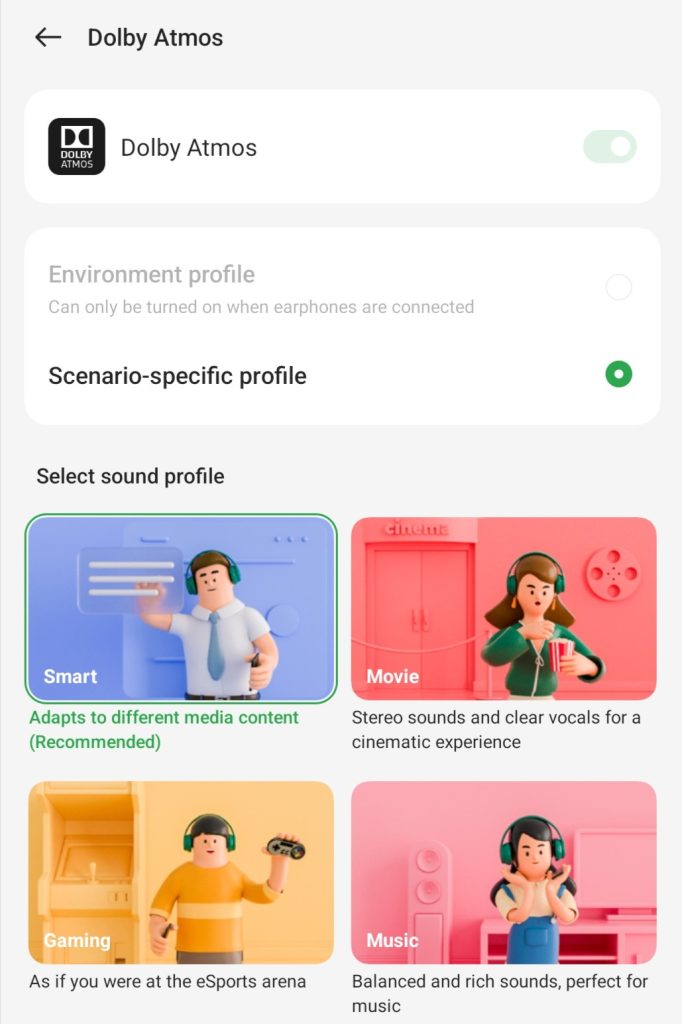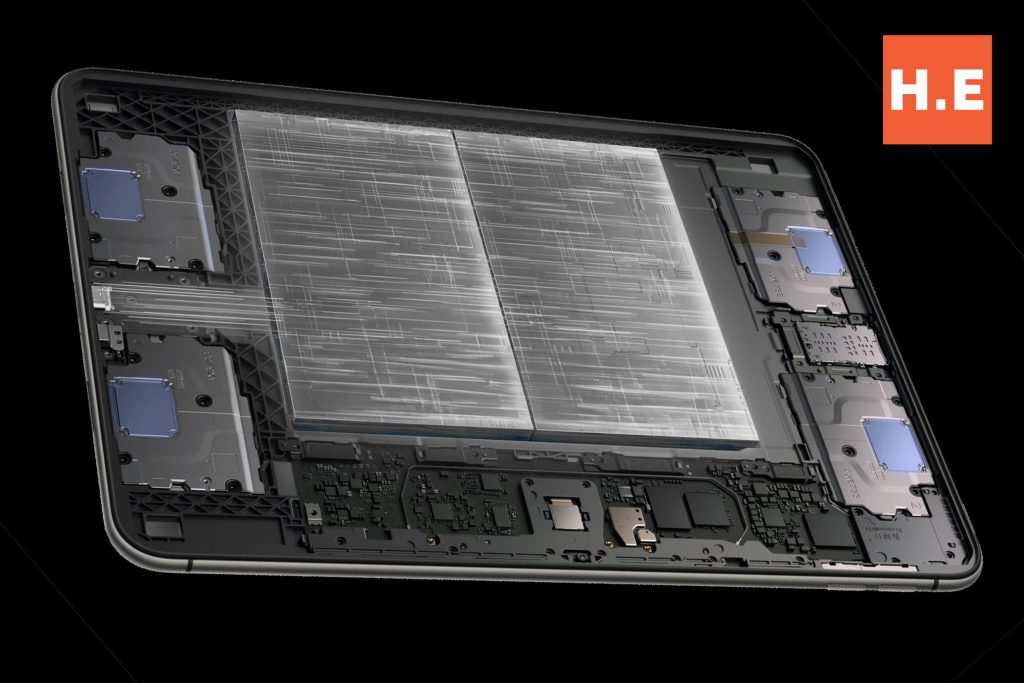
Dolby Atmos on tablet, does it make sense?

TLDR
- Dolby Atmos on tablets should enriches the audio experience with spatial sound, height channels, and adaptive rendering.
- While Dolby Atmos proves effective for immersive entertainment, challenges may arise on smartphones with different speaker types.
Pros:
- Spatial sound and height channels for an immersive experience.
- Identical quad speakers would offer accurate projection and deep audio.
- Dolby Atmos enhances audio in certified apps, providing a significant upgrade.
Cons:
- Challenges on smartphones with varied speaker types may impact audio quality.
- Effectiveness depends on proper speaker balance, especially in stereo setups.
- Dolby Atmos on mobile devices may differ from theatrical experiences
Introduction
Audio plays a crucial role in providing a complete and immersive entertainment experience. A deficiency in audio quality can significantly impact the overall enjoyment, even when paired with the best visual content. With the introduction of Dolby Atmos technology on tablets, such as the Oppo Neo Pad, the question arises: does it truly enhance the audio experience or is it merely a marketing gimmick?

Understanding Dolby Atmos
Dolby Atmos is an advanced audio technology crafted to deliver a more realistic and immersive audio experience across various forms of entertainment. Unlike traditional surround sound systems that rely on channels, Dolby Atmos employs object-based audio to construct a three-dimensional sound space. This technology is well-regarded for its ability to adapt to different speaker setups, provide height information for sounds, and offer a versatile audio experience across various content types.
Dolby Atmos on Mobile vs. Theatres
While Dolby Atmos on mobie and in theatres shares the same fundamental principles, the application and experience differ due to the distinct characteristics of the playback environments. The following table illustrates the key differences:
| Feature | Dolby Atmos on Mobile | Dolby Atmos in Theatre |
| Audio Experience | Personal and portable | Immersive cinema experience |
| Playback Environment | Individual users with headphones or built-in speakers | Large-scale cinematic environment |
| Adaptive Sound | Yes (may adjust based on device orientation) | No (fixed speaker setup) |
| Optimization for Content | Movies, music, gaming | Primarily optimized for blockbuster movies |
| Speaker Setup | Relies on built-in speakers or headphones | Extensive speaker setup with height channels |
| Sound Precision | Simulates 3D audio for individual users | Professional sound mixing for large audiences |
Dolby Atmos on Mobile Devices
Dolby Atmos for headphones on mobile devices, when used with certified apps like Netflix or Prime Video, provides a fantastic audio experience. However, unlike theater-based setups, it converts multichannel signals into a binaural spatial audio track for headphones. This spatial audio is crucial for achieving imaging and soundstage approximating the intended audio engineering, especially considering that most audio is engineered for speaker listening.

Despite its effectiveness, Dolby Atmos on mobile devices, particularly smartphones, may face challenges due to different types of speakers in a stereo setup. The balance between channels is crucial for optimal performance, and mismatched setups can result in subpar audio quality. Notably, some exceptions, like the ASUS ROG 6 and 7 series, manage to achieve a balanced stereo setup by using identical speakers.
Dolby Atmos on tablet
In the case of the Oppo Neo Pad, its incorporation of Dolby Atmos is limited to earphone connections, but not limited to both wireless and wired setups. When used, it adds virtual surround sound, simulating surround sound through advanced algorithms.

In our initial experiences with the Oppo Neo Pad, particularly during extended Netflix binging sessions, the Dolby Atmos-enhanced audio proved to be a significant upgrade. The tablet delivered superior sound stage projection and spatial sound, providing an immersive audio experience that exceeded the norm for tablets without Dolby Atmos.

However, even without Dolby Atmos, the identical quad speaker setup throughout the Oppo Neo Pad, coupled with an 8cc sound chamber, contributes to more accurate sound projection and fuller, deeper audio quality.
Dolby Atmos on tablet Conclusion: A proper step forward for tablet
In conclusion, Dolby Atmos on tablets, when implemented effectively as demonstrated by the Oppo Neo Pad, can indeed elevate the audio experience. The hardware configuration, absence of an earpiece speaker, and the strategic placement of identical speakers contribute to a fuller and more engaging sound quality.

As technology continues to advance, the marriage of sophisticated audio technologies like Dolby Atmos on tablet opens up new possibilities for enhanced entertainment experiences.
Also read how the display technology Oppo Neo Pad is design to go easy on eye here.










